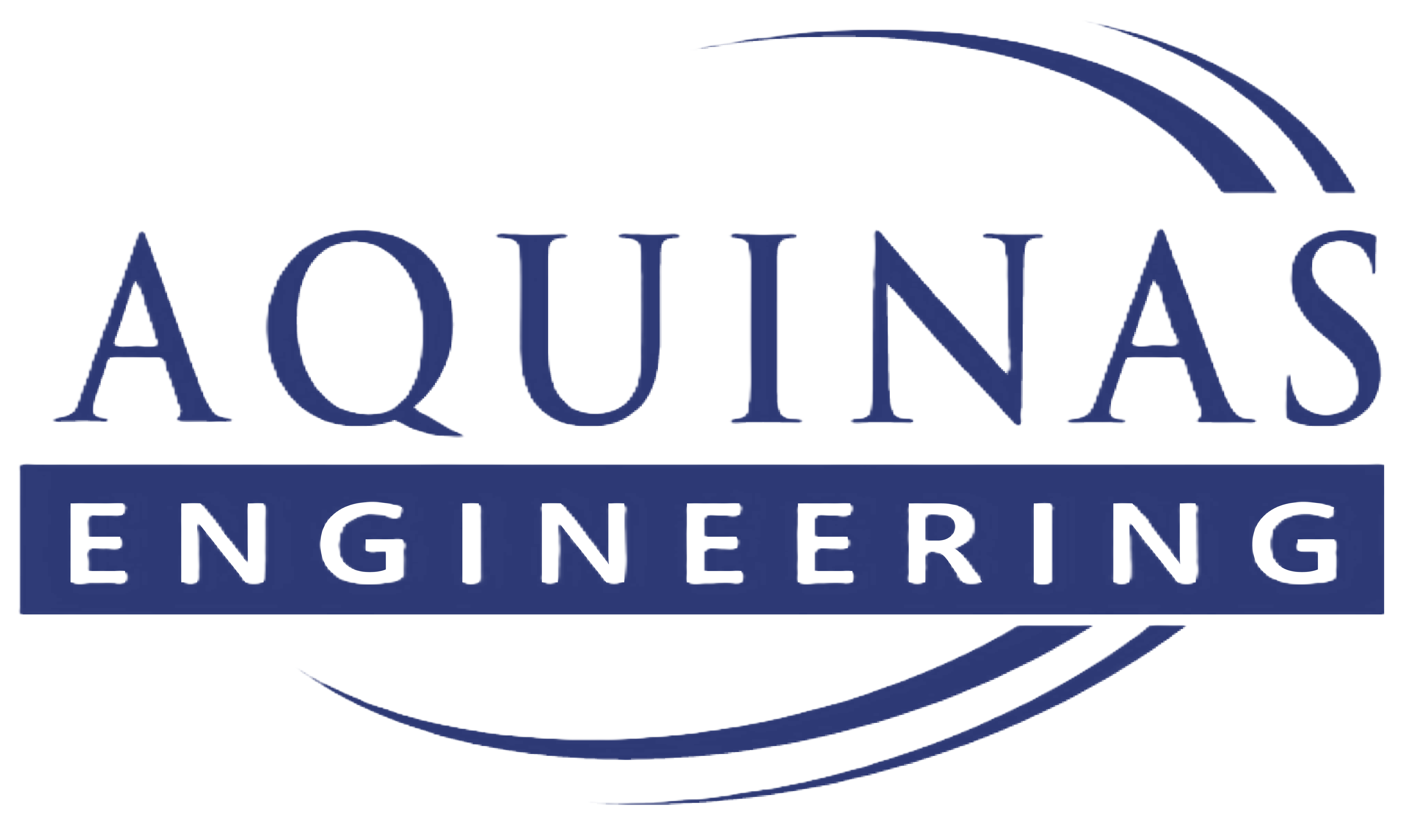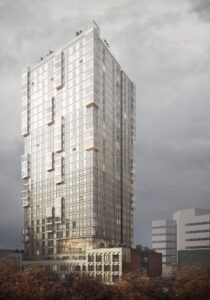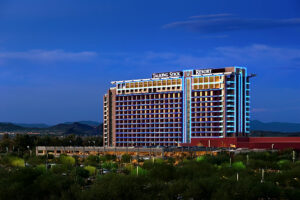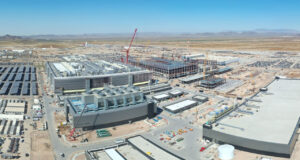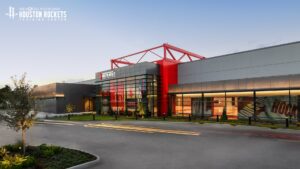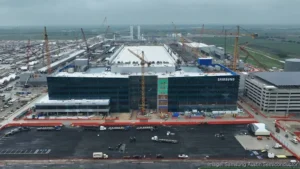The Challenge of Desert Climates
Designing a building envelope for desert environments presents unique engineering challenges. Structural engineers must address extreme temperature fluctuations, high solar radiation, and low humidity while ensuring energy efficiency and material durability. These conditions can lead to:
- Thermal Expansion & Contraction: Drastic temperature swings cause material fatigue and structural degradation over time.
- Solar Radiation Impact: Prolonged exposure to intense sunlight accelerates wear on building components, increasing maintenance demands.
- High Energy Consumption: Cooling loads in desert regions strain HVAC systems, leading to elevated energy costs.
To combat these challenges, innovative engineering solutions are redefining how structures perform in arid climates.
Innovative Solutions in Building Envelopes
High-Performance Insulated Panels for Energy Efficiency
Insulated panels, including vacuum-insulated panels (VIPs) and phase-change materials (PCMs), provide superior thermal regulation. These materials reduce heat transfer, allowing buildings to maintain stable indoor temperatures while lowering HVAC energy consumption.
Dynamic Façades & Shading Systems to Minimize Solar Heat Gain
Adaptive shading systems are revolutionizing desert architecture by dynamically responding to sun exposure. Examples include:
- Electrochromic Glass: Automatically tints to reduce glare and solar heat gain.
- Kinetic Shading Devices: Move throughout the day to optimize natural light while blocking excess heat.
A notable application is Al Bahr Towers in Abu Dhabi, where a responsive shading system inspired by traditional mashrabiya screens cuts solar gain by 50%, significantly improving energy efficiency.

Al Bahr Towers in Abu Dhabi

Al Bahr Towers in Abu Dhabi, United Arab Emirates. These twin towers feature an innovative dynamic shading system inspired by the traditional Islamic mashrabiya. The façade comprises over 2,000 umbrella-like elements that open and close in response to the sun’s movement, significantly reducing solar gain and enhancing energy efficiency.
Reflective & Cool Roofing Materials for Heat Reduction
Cool roofs, featuring high-albedo coatings, reflect a substantial portion of solar radiation, reducing heat absorption and interior cooling demands. This approach enhances long-term energy efficiency, particularly in low-rise commercial buildings.
A prime example is The Bullitt Center, where advanced roofing materials regulate internal temperatures while promoting sustainable construction.
Thermal Mass & Ventilated Façades for Passive Cooling
High thermal mass materials, such as concrete, adobe, or rammed earth, absorb and release heat gradually, stabilizing interior conditions. Ventilated façades, which create an air gap between the structure and external cladding, further enhance passive cooling.
The Masdar Institute in the UAE exemplifies this strategy, utilizing natural ventilation and thermal mass to minimize artificial cooling needs.
Implications for Structural Engineers
For engineers working in desert climates, integrating these envelope technologies leads to:
- Enhanced Building Durability: Reduced material fatigue from thermal expansion.
- Optimized Energy Efficiency: Lower operational costs and improved sustainability.
- Sustainable Compliance: Alignment with LEED and other energy certification standards.
Join the Conversation
What strategies have you used to enhance thermal performance in arid environments? Share your insights in the comments and follow Aquinas Engineering on LinkedIn for industry updates.
By Aquinas Engineering
